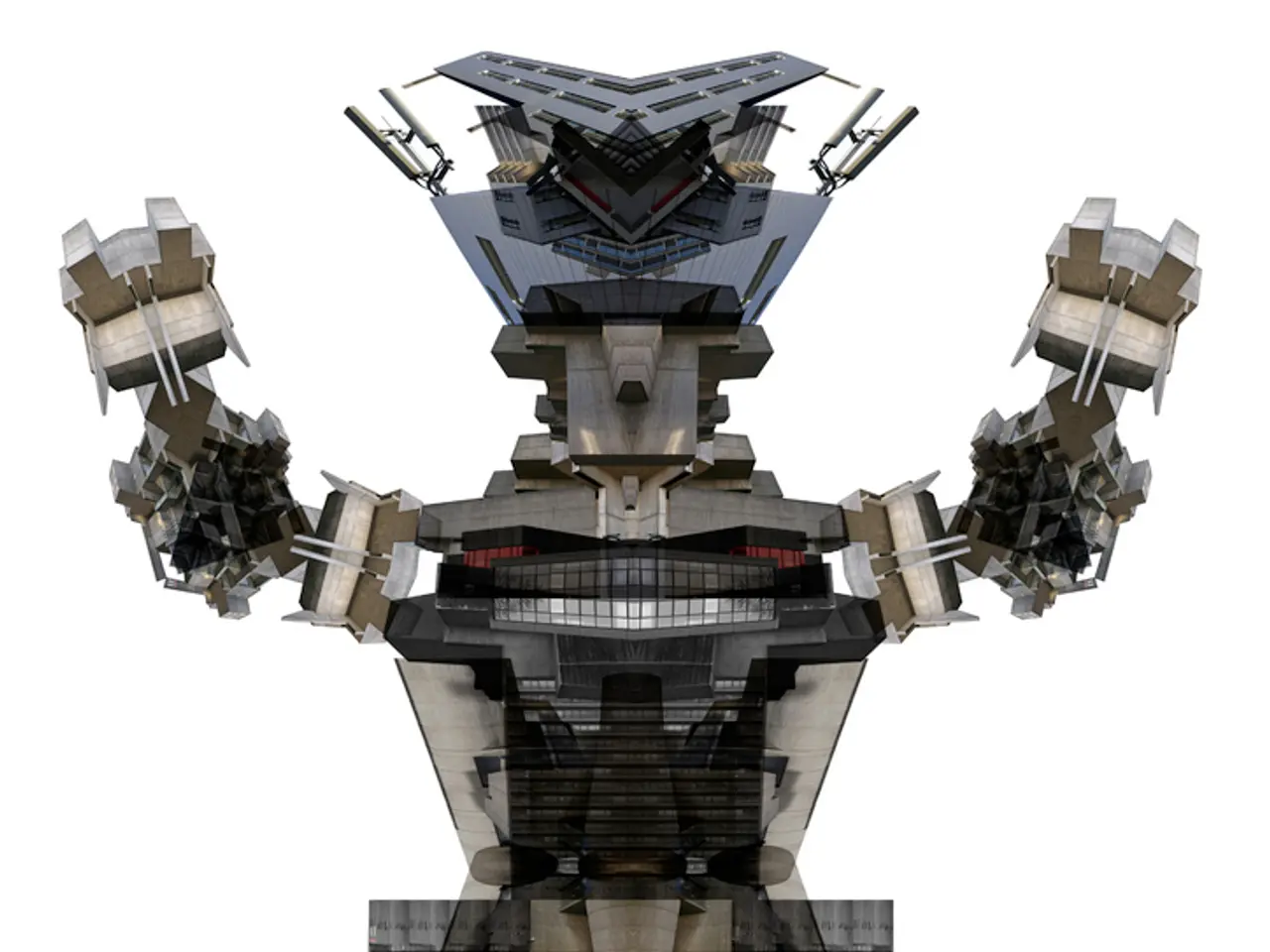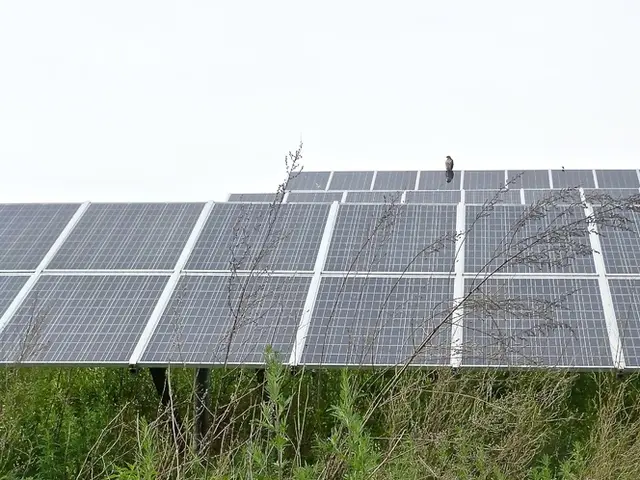Industrial robots in China are being installed at a faster rate than in both the United States and the European Union, as the global market for these robots faces a downturn.
In a world where many major markets are experiencing a decline in industrial robot installations, China stands out as a beacon of growth. According to data from the International Federation of Robotics (IFR), China increased its industrial robot installations by 5% in 2024, bucking the global trend of declining robot deployments in Japan, the US, and the EU.
This growth is a result of China's strong push to upgrade manufacturing with advanced automation technologies, supported by significant domestic robot production that surged 35.6% in early 2025. China now accounts for 54% of global industrial robot installations, up from 51% the previous year.
China's robot density, the number of industrial robots operating per 10,000 workers, nearly doubled from 246 in 2020 to 470 in 2023, ranking third globally behind South Korea and Singapore.
Several factors contribute to China's success in the industrial robotics sector. Firstly, Beijing's policies strongly encourage replacing labor-intensive processes with automation to boost productivity and move up the manufacturing value chain.
Secondly, China has diversified its robot installations across industries. Unlike many countries where robots are concentrated in electronics and automotive, China expanded adoption into general industries, with more than half (53%) of industrial robots now deployed in non-electronics and non-automotive sectors.
Thirdly, China's domestic production capacity for industrial robots has risen sharply to meet the growing demand, reflecting strong industrial policy and innovation.
Lastly, China's next five-year plan and ongoing modernization efforts continue to encourage investment in automation, helping sustain demand even amid geopolitical tensions and global tariff frictions.
Meanwhile, major markets such as Japan, the US, and Europe experienced declines in industrial robot installations ranging from 6% to 9%, primarily due to weakened demand in traditional sectors like automotive manufacturing and broader economic slowdowns. This contrast highlights China’s unique position as the global leader in industrial automation expansion during a cooling global industrial robot market.
In addition to its growth in industrial robot installations, China also unveiled a "Robot Mall," a 4S-style retail space dedicated exclusively to robots. Cities like Shenzhen and Shanghai are also taking steps to further accelerate robotics innovation and adoption. Shenzhen, for instance, aims for an industrial output of over 100 billion yuan by 2027 in its embodied AI industry.
As China continues to accelerate its efforts to upgrade its manufacturing chain through automation, it is positioning itself at the forefront of automation and robotics for years to come.
Read also:
- Sustainable initiatives boosted by Veolia through financially backed eco-friendly projects
- Potential perils of artificial intelligence data facilities to American electrical infrastructure due to fire hazards.
- Transformation of Commercial Vehicle Sector through Technological Advancements
- Investment firm Columbia Threadneedle heralds €50 million initial close for its private markets impact fund.








